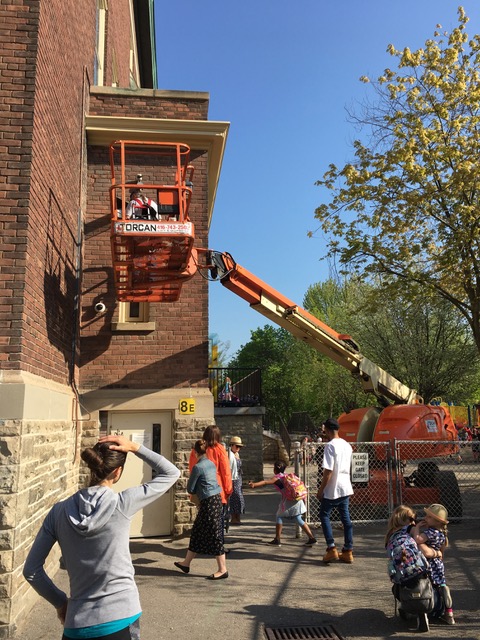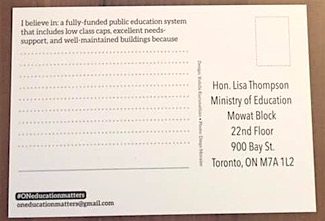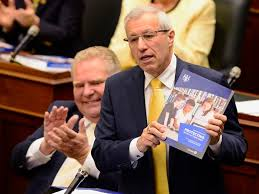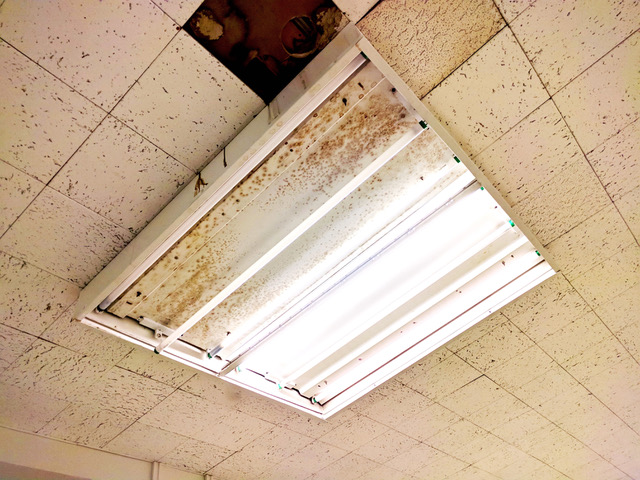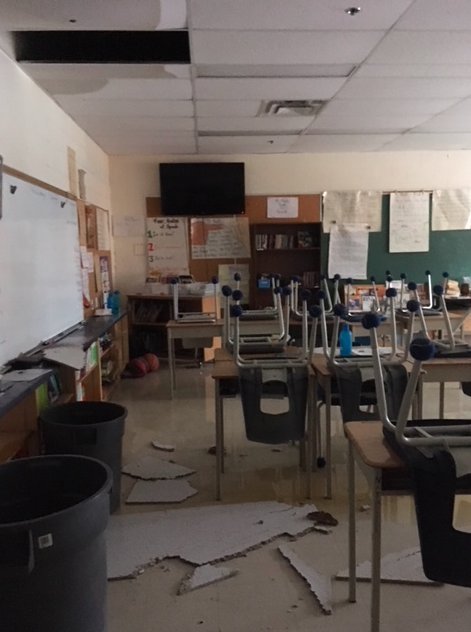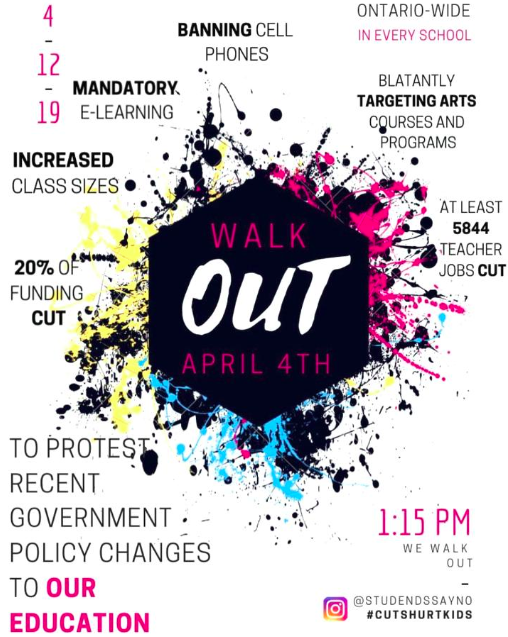“If you’re in a classroom where the roof is leaking, that communicates very strongly to you that this is not very important what’s going on here.” – Ontario High School Student
What is it like living through a major renovation at school? Many parents have contacted us with concerns about their kids who must stay in school buildings undergoing serious construction. Students have mixed feelings about work being done on their school. No more leaking ceilings, but how to learn in a construction zone? The sad reality is that most repairs on schools are now reactive or urgent, therefore more and more frequently, school repairs are conducted while students are in school.
Some of the parents on the Fix Our Schools working group have personal experience with schools receiving urgently needed repairs while children continued to attend school each day. The construction impacted students in many ways:
Health: Our kids lived in classrooms with hoarding that took up a lot of space in their classroom but did not keep out the brick dust. There were many reports of increased asthma incidents in the student population. Students also lived through unbearable roofing fumes that no fan could remove, causing dizziness and nausea. Some parents felt forced to keep their kids at home.
Education: Classes shared classrooms using a complicated rotary system, causing stress for the younger students. Access to the library space was lost for months and all the science lab equipment was packed up and unavailable. It was sad to see principals wasting much of their time supervising construction.
Safety: Tiny grade 1’s lost their yard and had to share play space with rough & tumble grade 8’s. In our opinion, the lack of space contributed to more injuries at our school, no matter how careful and considerate everyone was.
There have been incidents in #Ontario were children were very badly hurt during repair work. In 2018, two children were burned by roofing tar during gym class.
Ideally, children shouldn’t be on construction sites. However, the provincial funding model for schools for the last two decades has not prioritized the safety of students. Oddly, we’ve seen both federal and provincial governments prioritize the safety of adults in their place of work. They move out of the buildings being renovated, often for years.
"Parliament Hill is about to undergo a huge, 10-year renovation, so residents of the Red Chamber are being moved to temporary digs down the street." #Ontario children should not be kept in school bldgs as they are renovated to endure dust, toxins & noise. https://t.co/3udIVr3D3b
— Fix Our Schools (@Fix_Our_Schools) December 12, 2018
What does 1 Billion repair at the MacDonald Block? I’d really like to know what they will be fixing for 3600 employees while hundreds of thousands of school kids suffer through cold, heat, leaking roofs, broken windows, mouldy washrooms… https://t.co/C2n8FmMxhn@LC2_TDSB @tdsb
— Alexander Brown (@AlexBrownWard12) March 22, 2019

